St Cuthbert's Corsenside
Religious Place In Ridsdale, Northumberland
The smallest place of sanctuary, rolling out of West Woodburn, between the road and the river, lies the church of St Cuthbert's, Corsenside.
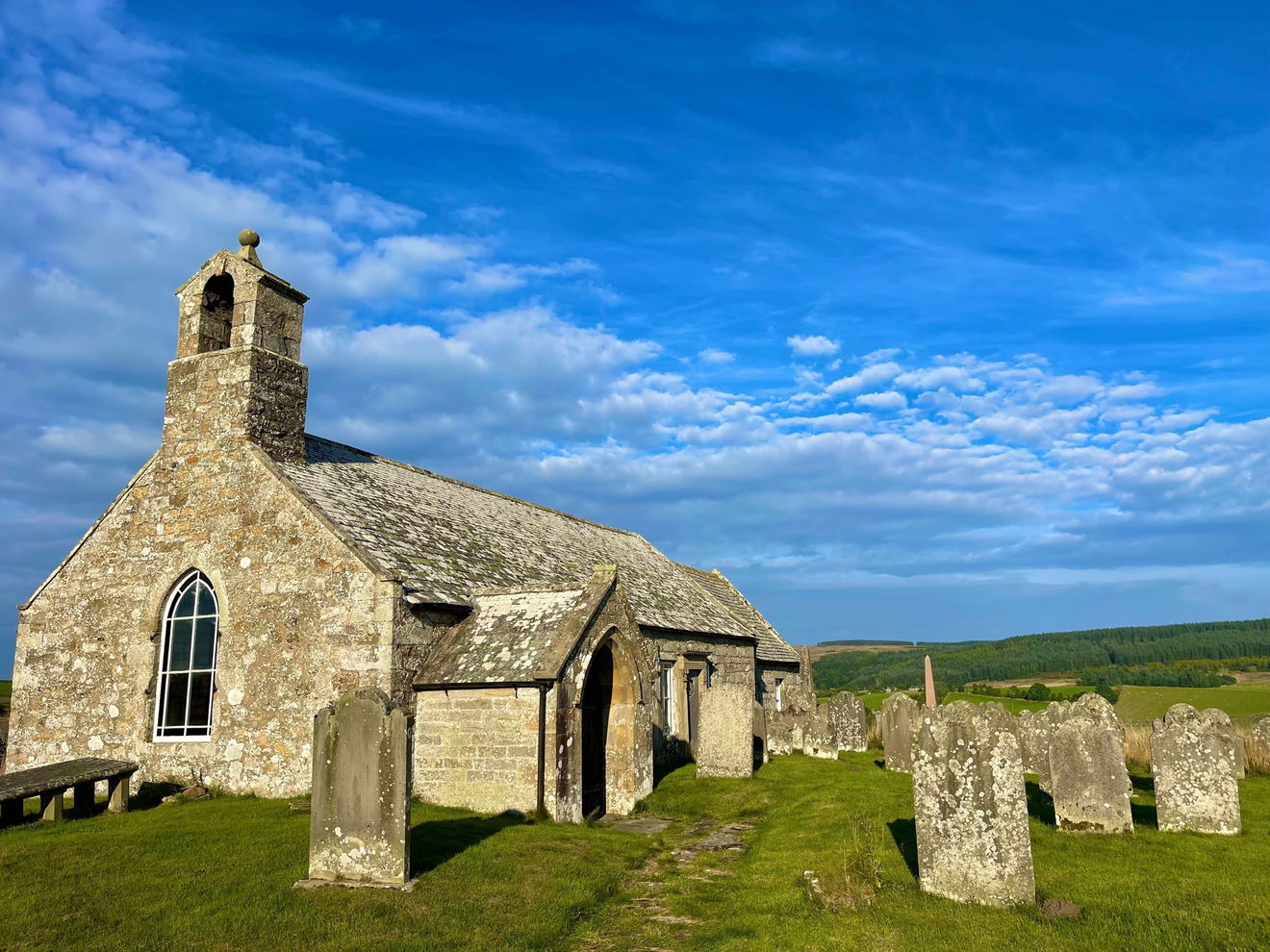
Until last summer, we'd passed this little treasure a million times without noticing. The A68 is our road of choice for heading to the hills, either Northumbrian or Scottish. It's a road filled with "oo's" and "ahhh's" and lots of laughter and peals of squeals from backseat kids as we climb, rise and descend the bumps in the road. It's a harbinger of happy times.
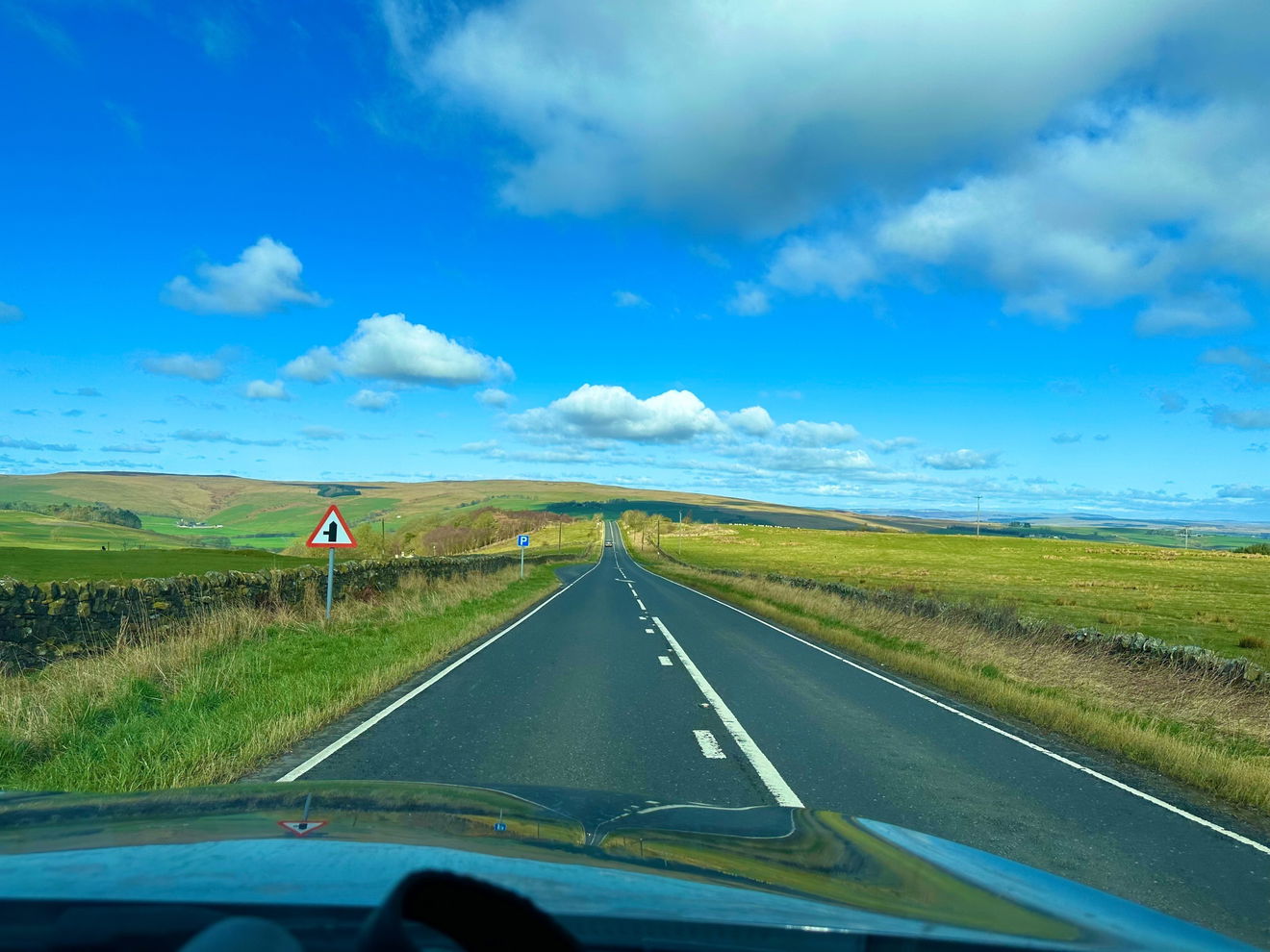
Rolling out of West Woodburn, between the road and the river, lies Corsenside and St Cuthbert's. Driving down a dirt track, we stumbled upon this smallest place of sanctuary through a gate which requests it to be kept closed to keep the coooos oot! You could always climb the higgledy-piggledy stone style instead!


It's remote and alone but not lonely. Corsenside is one of the largest parishes in upland Northumberland with the River Rede flowing from the Scottish Border south through the Northumberland National Park and spilling into the River North Tyne at Redesmouth. The views from the graveyard are uninterrupted over Redesdale and encapsulate its wild and remote contours.


The old Roman Road of Dere Street cuts through Corsenside, and travellers and drovers would have passed with their cattle en route to and from York to Melrose. Inside the church, we found a Tudor way marker from the 1500s. And in the churchyard is the base of an early cross. It's thought that 'Corsenside' could derive from 'The place beside the cross' where preachers told tales to commemorate the life of St Cuthbert.


With claims to be an authentic resting place for the coffin of St Cuthbert, it's easy to see, in this isolated and undulating landscape, why the monks would've needed a breather on their way from Holy Island. The church is 12th Century and contains a Norman chancel arch.
Originally built by Saxons and Celts, St Cuthbert's was kept company by a small wooden village and a solitary sandstone house thought to be the home of the priest, but during the raids of Border Reivers, the village fell into disrepair with villagers seeking refuge in the church. We noticed the building had no windows on the north side and thick walls and vaults and an upper chamber which must have been defensive measures.
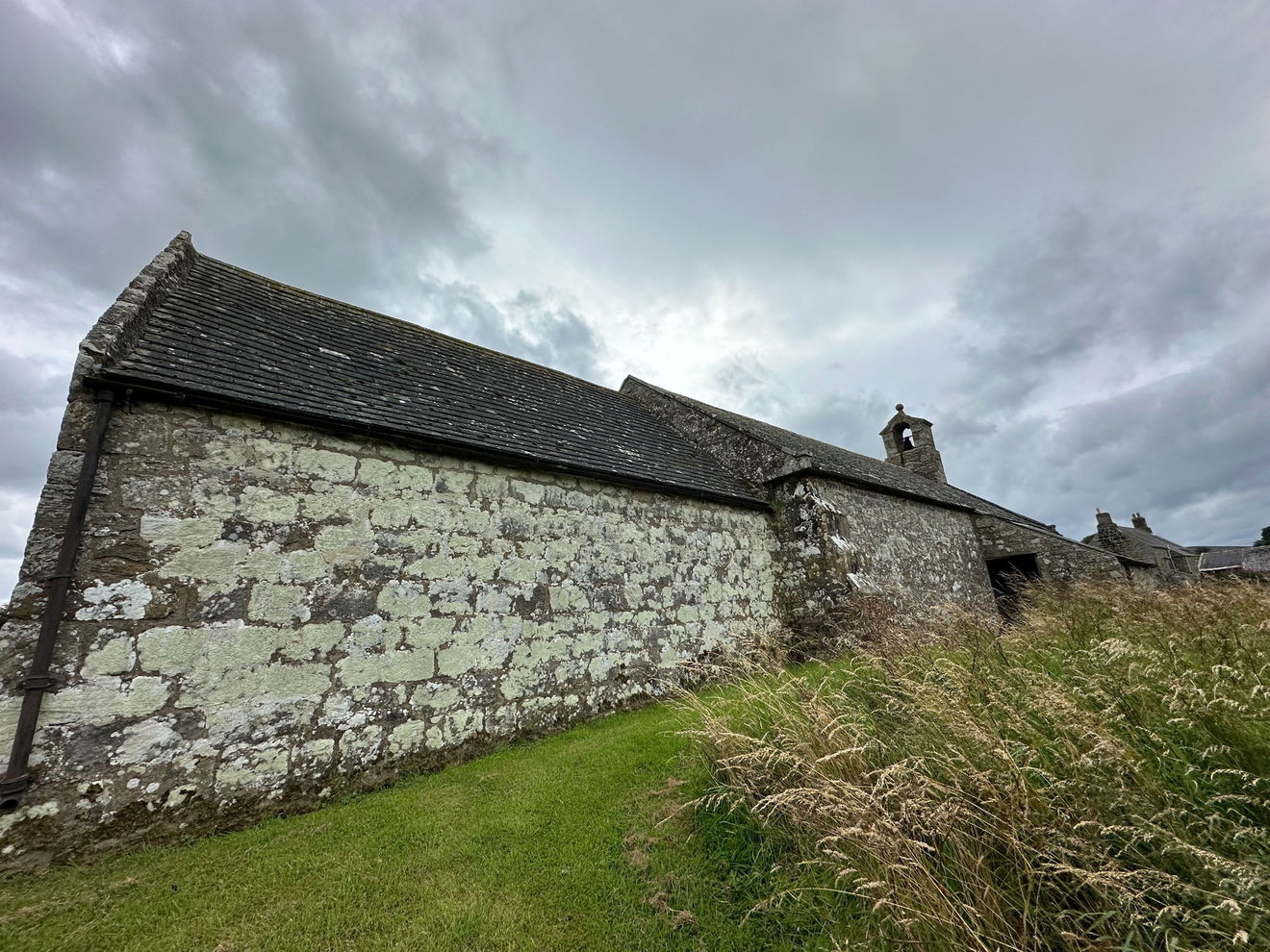
Isolated but intimate, entering the church through the little porch we found a date stone of 1735. We were surprised by the simple set up and the hotchpotch of old and very old with more modern Victorian sash windows, somewhat incongruous in such an old building which doesn't even have the gift of electric light.




The chancel arch is Romanesque, of around 1100, plain but strong and strangely gobbled up by the ceiling. Rumour has it that it could have been repurposed from the nearby Roman fort of Habitancum. Turning round towards the west wall we could make out an apparent outline of a broad arch which must have been a previous vault. There were also strange hidey-holes in the ceiling and a blocked up point of entry in the north wall. There must have been cause to have places to scuttle away unseen in times of conflict with the church being a place of refuge.


There are a range of grave covers and waymarkers inside the door of the church, one of which seems to have been a gravestone, damaged at some point bearing the shape of a person, possibly praying. Another shows a wheel cross and a sword that dates back to the 10th or 11th century. There are 19th-century boards with beautiful religious calligraphy outlining the Ten Commandments in stern terms, though we realised it took until commandment five to be giving thought to others!




The alter cloth shows St Cuthbert with his trusty otters who allegedly licked him dry and warmed his feet with their fur when he returned from his daily neck-deep dip in the North Sea!
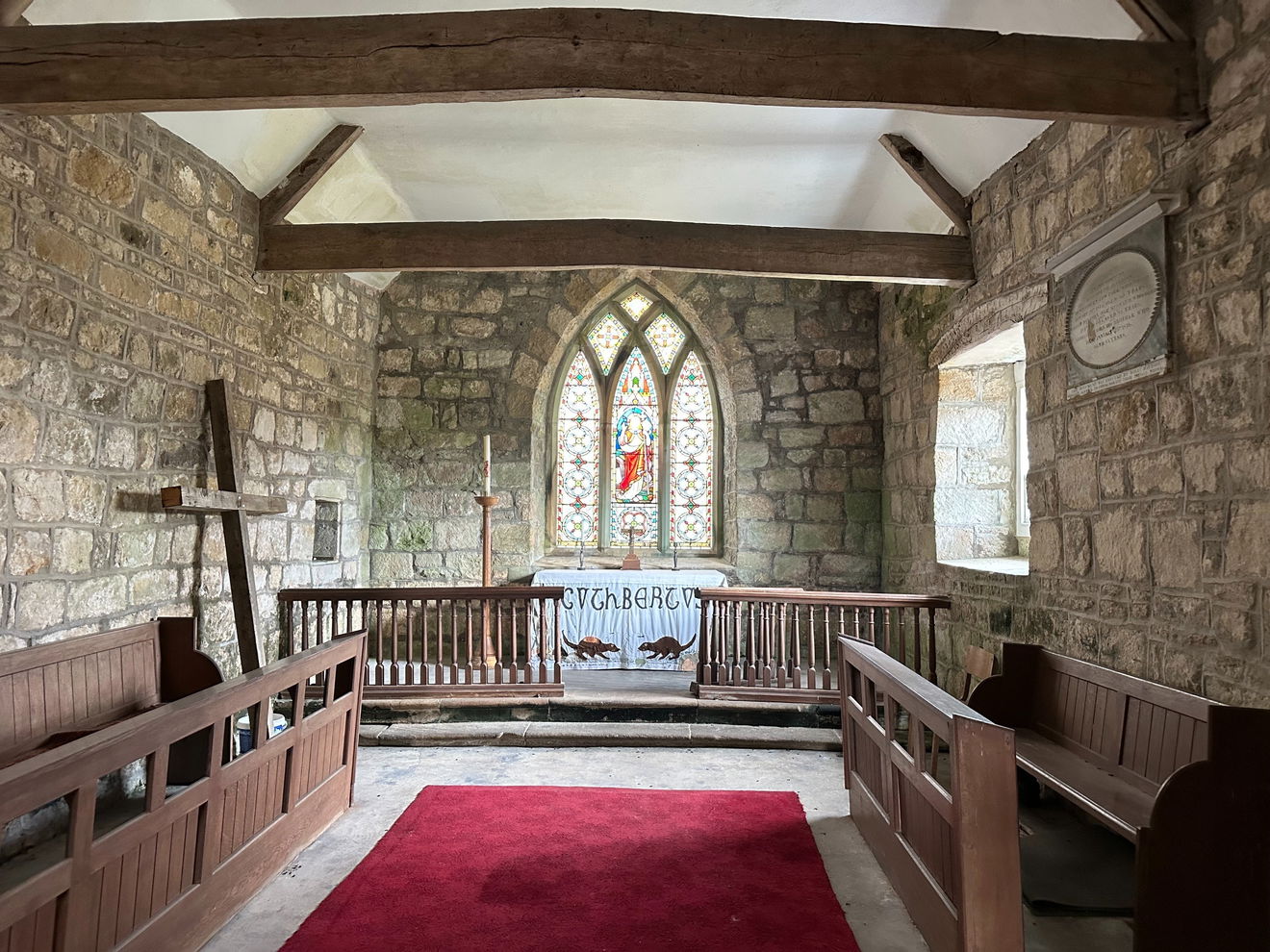
Outside there is an uncomplicated little bell-cote which would have called its parishioners to service each Sunday and a child's sarcophagus amongst countless grave stones to the rich and poor people of the village.
The hillside is peppered with wildflowers. In spring we found crocus, daffodils and hairy bittercress. In summer we found delicate hair bells, oxeye daisies, bush vetch, meadow vetchling, betony, yarrow, lady's bedstraw, rosebay willow herb and crosswort.


The church is simple and unpretentious, and the churchyard was a beautiful place to soak up the sound of bees and take in the venust views over Ridsdale.

Once you've latched the gate and are heading back to the road, you might like to pop in on Ridsdale Iron Works or Low Cleughs Bastle, two other little nods to the past of Ridsdale.
Get 3 points if you have visited this place. Already visited by 22 VIPs.
Login to the VIP area to add places to your bucket list, mark them as visited and more importantly see where you rank on the league table.
How To Find St Cuthbert's Corsenside
Where Is St Cuthbert's Corsenside?
Lat / Long
55.197539, -2.174013
What three words
Where To Park For St Cuthbert's Corsenside?
Lat / Long
55.19762, -2.174816
What three words
Contributed by Jos Forester-Melville
Highland loving human. Thalassophile. I love a good smile. Happiest heading for the hills with my pickup filled with kids and dogs! Working four days, we enjoy a Fridate, and usually spend it scouting out new scenery. I love a gated track, a bit of off roading and if it involves a full ford, well, that gets extra points! I go nowhere without a flask and binoculars, and love the small things in life that make it big…Goldcrests, dry stone walls, Deadman’s fingers, blackberries and quality clouds.
More Places from Jos
More Places In Ridsdale
Find more fabulous places in Ridsdale, Northumberland and if you know of a place we haven't listed, then let us know.
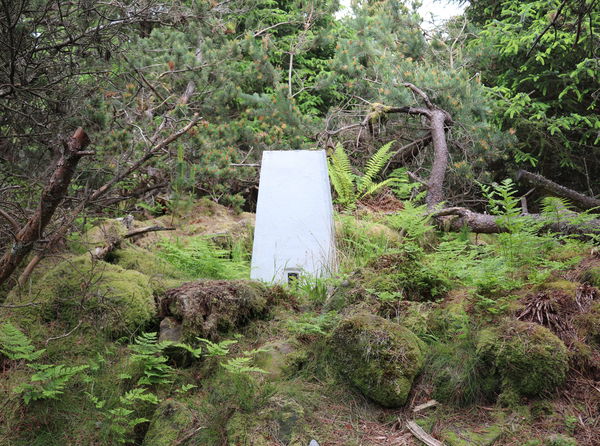
Fourlaws Hill Trig Point
Trig Point Ridsdale NorthumberlandThis is the trig point for Fourlaws Hill (343m) near Ridsdale.

Great Wanney Crag
Crag, Rock And Cairn Ridsdale NorthumberlandA spectacular sandstone rockface in Ridsdale used for bouldering and climbing, with breathtaking views across Northumberland from the top.
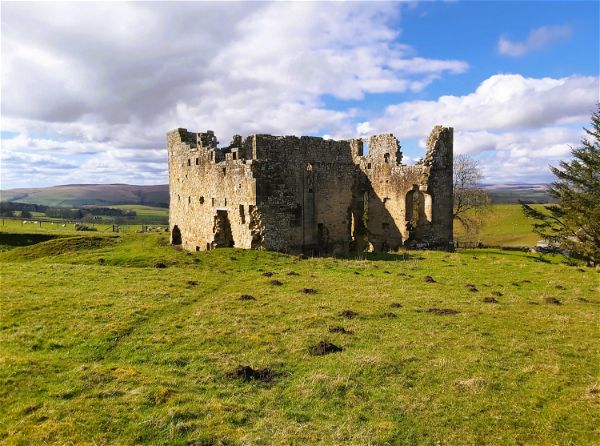
Ridsdale Iron Works
Building Ridsdale NorthumberlandThe Ridsdale Iron Works, castle-like ruin in, was the point of manufacture of pig steel used in the construction of Newcastle's High Level Bridge.
More Religious Places
So this religious place wasn't enough and you want more? Don't worry we have you covered.

St Mary's Chantry House
Religious Place Alnwick NorthumberlandA rare and significant medieval ruin, which served as the first school in Alnwick.

Memorial Chapel Falkland
Religious Place Fife ScotlandThe ruin of the a 1912 memorial chapel, containing graves of the Crichton-Stuart family.
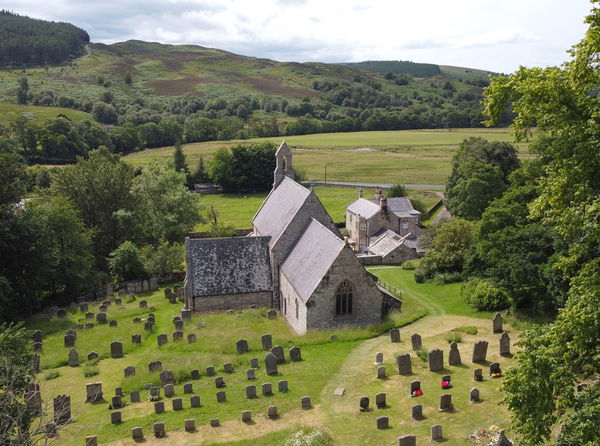
St. Michael And All Angels Church Low Alwinton
Religious Place Alwinton NorthumberlandA pretty church sitting in amazing countryside with breathtaking views in Low Alwinton.
Never Miss A Fabulous Place
If you are afraid of missing out on all the fabulous places we post, or just want to be the first to know, then sign up to the Fabulous North.
Each week we will email you all the brand new places that we visit.
Sign Up To AlertsFind Us On Facebook
We post all our new places daily on our Facebook Groups page, so join the group today and be notified when we add a new place.
Join Our Facebook GroupSt Cuthbert's Corsenside was listed in Religious Place // Northumberland // Ridsdale

